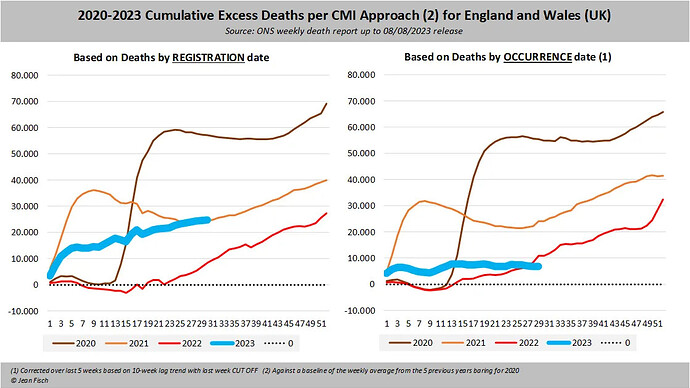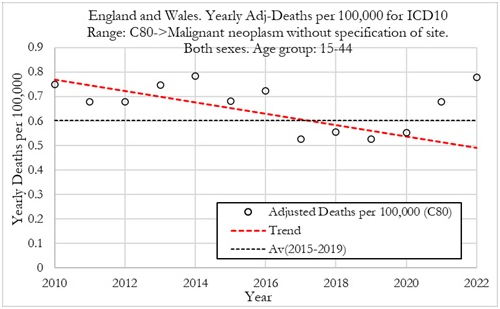Thanks @CJ1
This poor guy ‘Winston Smith’ is really suffering isn’t he, poor soul - and now having to assume responsibility for distributing the message.
It looks like there could be something big there. Though while this will have initial impact, I think they could have done with some data help before producing this video, which probably took over prematurely. I think they have run with an exploratory analysis - understandably so, as the data seemed to indicate an urgent problem.
They refer to averages from some sites and batches with high death rates without any other information that might partly explain the high death counts in these groups. The top site, with a death rate of 30%, was a care home. Against this, the average of 0.75% per year doesn’t make a comparison easier without knowing the ages.
Smith says the chances of the batches “not being a killer” are a billion to one, but that’s based on the national average. Opponents will slate this and say he’s just picked the top ones on a list, or the oldest age groups.
They list the top ten ‘vaccinators’; the death rates range from 10% to 24%. Seeing the bottom ones would be useful. Maybe none of them are below the average! That would make a very clear suggestion.
Overall statistics are needed, to relate to something tangible.
Clusters perhaps make a more robust pattern than the top vaccinators - a cluster here meaning a sequence of successive vaccinations where death resulted - but with conclusions limited to whether successive vaccinations are independent of each other, and with implications regarding individual batches.
In one of the sites (Invercargil, about 55m in) where there were 837 vaccinations there were 253 deaths, about 1 in 3 say.
Clusterwise, there were 3 occurrences of 11-20 deaths per day.
So - Is there a cluster effect separate from the apparent high death rate?
Well if one in three died during the period, the chance of a cluster of 11 starting from a random vaccinee (assuming the 1 death in 3 rate) would be roughly of the order of 1/3 to the power 11. About 1 in 50,000.
The chance of getting even one cluster of 11 among the 800 vaccinees would be about one in 50,000/800 or about one in 60. Two clusters, much less and the chance of getting three almost off the scale.
The film actually says in this site there were clusters of lengths 11-20. A cluster of 20 would be off the scale unlikely, even allowing for any cherry-picking among the sites.
So even if we took the death rate of 253 per 800 in this site as a basis (maybe they were centenarians  ) there would seem to be something else causing deaths of adjacent patients to be linked statistically. Cue forensics on batch issues.
) there would seem to be something else causing deaths of adjacent patients to be linked statistically. Cue forensics on batch issues.
For the majority of the public the overall high death count is a more telling take-home, if it can be established. I think they should have done something to indicate a problem irrespective of the distribution of deaths in particular groups.
Or as one btl said, just release the data.
Cheers


